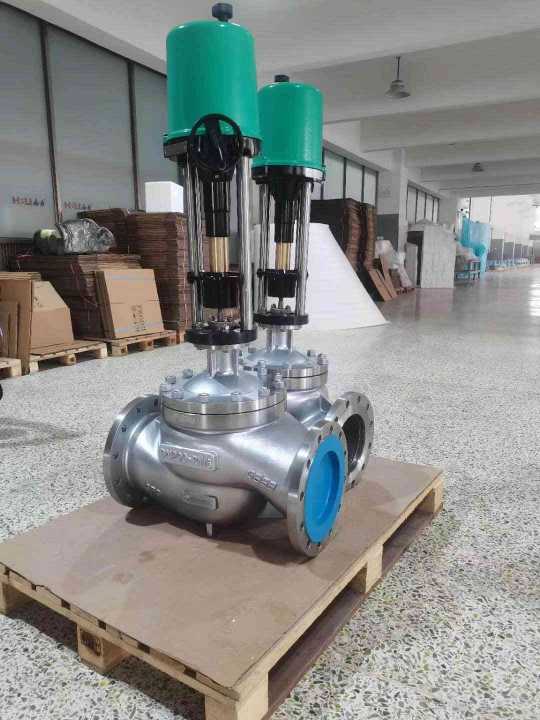The Stainless Steel Electric Single Seat Regulating Valve is a critical component in various industrial processes, where precise control of fluid flow is essential. Known for its durability, accuracy, and ease of operation, this valve plays a vital role in industries such as chemical processing, pharmaceuticals, food and beverage, HVAC, and many others. This article aims to explore the design, functionality, and key benefits of stainless steel electric single seat regulating valves, shedding light on their importance in modern automation systems.

Design and Construction The single-seat regulating valve is characterized by a straightforward yet effective design, where a single sealing element, typically a valve disc, is used to regulate the flow of fluids. The key advantage of the single-seat design is its ability to provide a tight shutoff with minimal leakage. This makes the valve ideal for applications where high control precision and minimal flow loss are required. The stainless steel construction is a crucial aspect of this valve’s design. Stainless steel is known for its superior resistance to corrosion, rust, and chemical attack. This material is particularly beneficial in industries where the valve is exposed to aggressive chemicals, high-pressure conditions, or extreme temperatures. Stainless steel not only ensures the longevity of the valve but also minimizes the risk of contamination, which is essential in sectors like pharmaceuticals and food processing.